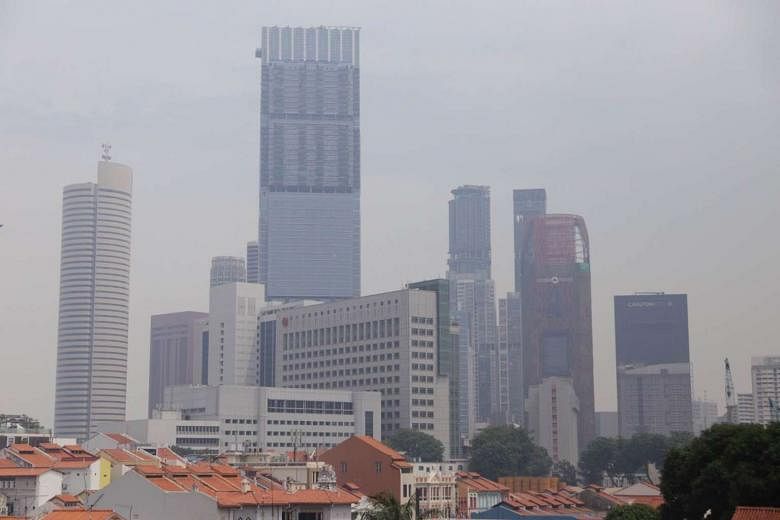SINGAPORE - While the number of hotspots this month (August) in Indonesia's Sumatra is fewer than last August, Singapore is still pushing for a "no-haze" situation, said Environment and Water Resources Minister Masagos Zulkifli.
"We can see that even with so few hotspots, with the right amount of wind and enough of this haze, smoke produce, can give us very bad air for a (sustained) period," said Mr Masagos on the sidelines of a community event on Saturday (Aug 27).
According to latest figures from Asean Specialised Meteorological Centre, there have been 401 hotspots in Sumatra in Indonesia so far this year (2016), compared to 7,188 during the whole of last year (2015).
Still, Mr Masagos emphasised that Asean is "trying to work together to achieve what call Asean haze-free by 2020", as he referred to an earlier roadmap set out this year to ensure that the region is free from transboundary haze by 2020.
"Therefore what we need is not reduced hotspots, what we need is no hotspots," he said, adding that the National Environment Agency is waiting for its Indonesian counterpart to respond to a letter it sent yesterday to express its concerns over the haze.
"There is a mechanism for aid to be given, and there is a mechanism within Asean how it can be activated," he said, in response to a question on if Singapore has offered assistance to Indonesia.
"We are always standing ready. We've already offered the package, it is up to the Indonesians to activate it. When the level requires it, we will be there to help," he added.
Mr Masagos also said that Singapore has taken steps locally to address the haze problem.
"I have followed up work by my predecessor to ensure that the issue of haze is not something we forget and then only bring up periodically," he said. "We have been tackling this on many fronts, internationally, regionally and also to raise awareness among our own companies and citizens."
"On the one hand, we don't want the haze to come, on the other hand, we should not be buying, supporting companies that produce the products in an unsustainable way."
Caused mainly by palm oil planters and pulp and paper companies using fire to clear peat swamp land in South Sumatra and Kalimantan, the haze has become a public health issue in Singapore, pushing the city-state's Pollutant Standards Index to dangerously high levels at times.


